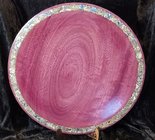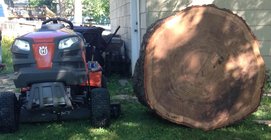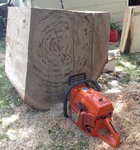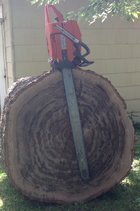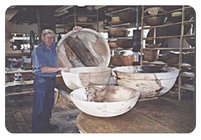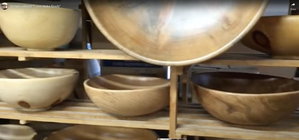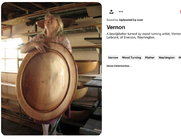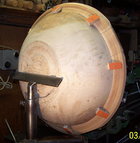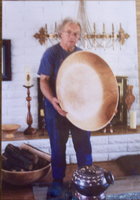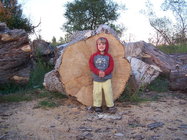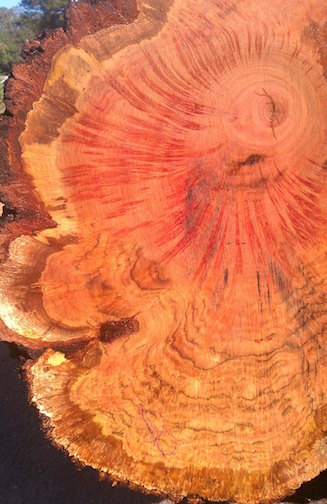The other day I had the chance to pick up a large cookie from the crotch of a 3-trunk tree. My lathe has a 29" swing with the head turned to 90 degrees and I thought this would fit it after some shaping and thinning. But I could not imagine where a bowl or platter that large would go. Plus, 29" without a tailstock seems...challenging. For now I'll stick to stuff that fits over the bed and maybe I'll just flatten that cookie and make a table. Or section it for bowls. Some of the crotch grain looks amazing.
But now that 29" swing specification is rattling around my head like a bad song so I have to ask - what gets turned at that size? And where do you put it? Probably a failure of imagination, but all that comes to mind for me is a cosplay shield or wall art.
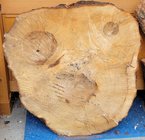
But now that 29" swing specification is rattling around my head like a bad song so I have to ask - what gets turned at that size? And where do you put it? Probably a failure of imagination, but all that comes to mind for me is a cosplay shield or wall art.


